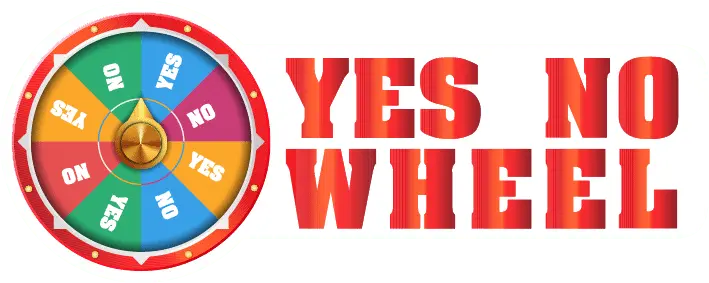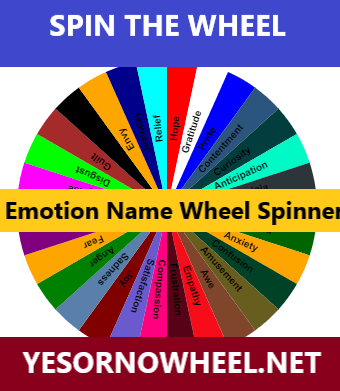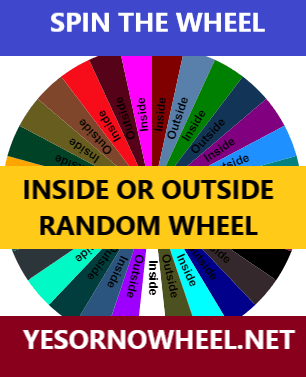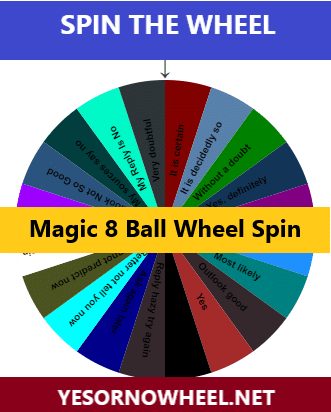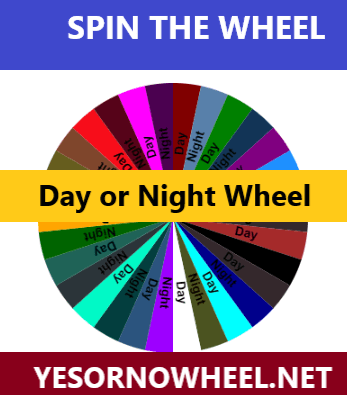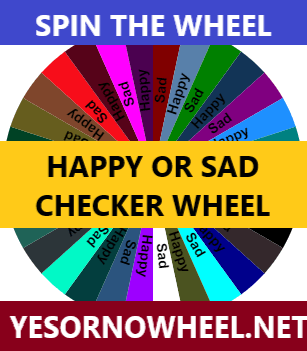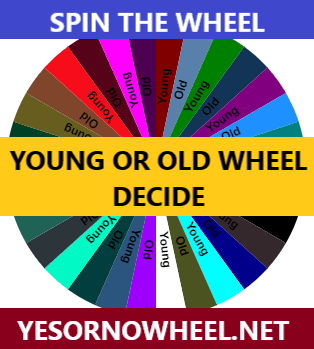Yes or No Tarot – Quick and Accurate Answers to Your Questions
↓
☸Tap the Wheel to Spin☸
Have you ever wished for a clear, concise answer to a burning question? Whether it’s about your love life, career, or health, we all encounter moments where we seek guidance and clarity. Fortunately, the Yes or No Tarot can help you find the answers you seek quickly and accurately. This ancient practice has been used for centuries to answer life’s most pressing questions rapidly and accurately.
How Does Yes or No Tarot Work?
Before we dive into the benefits of Yes or No Tarot, let’s first understand how it works. Tarot cards have been around for centuries and were initially used for playing games. However, they eventually evolved into a tool for divination and fortune-telling. A Tarot deck typically consists of 78 cards, each with a unique symbol and meaning.
This specific type of Tarot reading focuses on answering yes or no questions. The reader uses a particular spread, such as a three-card or one-card spread, to answer the question. The cards are drawn and interpreted based on their symbols and meanings, providing a clear and straightforward answer.
It’s essential to ask the right questions when using a. The questions should be specific, direct, and focused on the present or near future. Avoid asking questions that are too broad, complicated, or related to the distant future.
Benefits of Using Yes or No Tarot
One of the main advantages of it is the quick and accurate answers it provides, unlike other forms of divination, such as astrology or numerology, which are relatively simple and straightforward. You can get an answer to your question in just a few minutes, making it a convenient and affordable option. The Tarot of Dualities is also an excellent tool for decision-making and problem-solving. It can help you gain insight into a situation, clarify your thoughts and feelings, and provide guidance on the best course of action.
How do you tell if a tarot card is a yes or no?
The answer to a question is determined by the card drawn from the deck. However, it’s important to note that not all tarot cards can be interpreted as a “yes” or “no.” Many cards have more complex meanings and can indicate a range of possibilities and outcomes.
Some tarot readers use specific methods to interpret the cards as “yes” or “no.” One standard practice is using particular
Tarot of Decision-Making cards as “yes” or “no” indicators. For example, the card “The World” may be used as a “yes” indicator, while the card “The Tower” may be used as a “no” indicator. Another method is to interpret the card’s meaning and symbolism to determine whether it is a “yes” or “no” answer.
What is a yes-no spread in tarot cards?
A yes/no spread in tarot cards is a simple spread designed to give a clear and concise answer to a specific question. It involves drawing a single card from the deck and interpreting it as either a “yes” or a “no” answer to the question.
The reader should formulate a clear and specific question to perform a decision tarot. The question should be focused and concise to obtain the most accurate answer possible.
After the question, the reader should shuffle the deck of tarot cards while focusing on the question. The cards should then be spread out face down, and the top card should be drawn and revealed.
The card’s interpretation will depend on the specific tarot deck and the reader’s understanding. If the card is upright and its meaning is generally positive, it is usually interpreted as a “yes” answer. If the card is reversed or its purpose is usually harmful, it is traditionally interpreted as a “no” answer.
What are the two types of Tarot?
The two types of Tarot are the Major Arcana and the Minor Arcana.
The Major Arcana is a set of 22 cards representing archetypal energies and universal themes. Each card in the Major Arcana has its unique symbolism and meaning and is often interpreted as representing major life events, challenges, or spiritual journeys.
The Minor Arcana consists of 56 cards divided into four suits, each with symbolism and meaning. The suits are Wands, Cups, Swords, and Pentacles (or Coins). Each case is associated with a particular element (fire, water, air, and earth) and a particular aspect of life (creativity, emotions, intellect, and material wealth).
The Minor Arcana cards often represent day-to-day experiences, challenges, and opportunities. They are commonly used for divination and problem-solving. Each suit contains cards numbered 1 to 10 and four court cards (Page, Knight, Queen, and King).
In tarot readings, both the Major Arcana and the Minor Arcana are used together to provide insights and guidance on various topics, from personal growth and relationships to career and financial matters.
How to do the first tarot reading?
Doing your first tarot reading can be an exciting and insightful experience. Still, it can also be intimidating if you’re new to Tarot. Here are some steps to get started with your first tarot reading:
- Choose a deck: There are many different tarot decks to choose from, so it’s essential to find one that resonates with you. Look for a deck that appeals to your style and aesthetic, and take some time to get to know the cards and their meanings.
- Create a comfortable and quiet space: Find a quiet and comfortable place to focus and relax. Light candles, burn incense or play calming music to help set the mood.
- Formulate a question: Before you begin your reading, take some time to think about the question or situation you want to explore. Be clear and specific with your question, and focus on one area of your life.
- Shuffle the cards: Once you have your question in mind, shuffle the cards while focusing on your question. You can mix the cards in any way that feels comfortable for you – some people like to rearrange them in their hands, while others prefer to lay them out on a table and mix them up.
- Draw the cards: Draw one or more from the deck when ready. Please place them in front of you and take a moment to look at them and interpret their meaning.
- Interpret the cards: Use your knowledge to apply their meaning to your question. Think about how the cards relate to your situation and what guidance they may be offering you.
Remember, Tarot is a tool for self-reflection and personal growth, so it’s essential to approach it with an open mind and a willingness to explore new ideas and perspectives.
What are the cons of tarot cards?
While tarot cards can be a powerful tool for self-reflection and personal growth, there are some potential downsides to working with Tarot that you should be aware of:
- Misinterpretation: One of the Tarot’s most significant potential drawbacks is the risk of misinterpreting the cards. It can be easy to misread a card if you need a deep understanding of its symbolism and context.
- Overreliance on Tarot: Another potential downside of Tarot is the risk of becoming overly reliant on the cards to make decisions or guide your life. While Tarot can be a helpful tool for gaining insight and perspective, it should never be used as a substitute for common sense.
- Fear and anxiety: Some people may feel uncomfortable or fearful about using Tarot, primarily if they have been taught to view it as a tool of the devil or a form of divination. It’s important to remember that Tarot is a tool and that its meaning and power come from the person using it, not from any external source.
- Addiction: Some people may become addicted to Tarot, relying too heavily upon it and losing touch with their inner wisdom.
- Lack of scientific evidence: Tarot is not a scientifically proven method for predicting the future or making decisions, and no empirical evidence supports its efficacy.
Conclusion
In conclusion, the Yes or No Tarot can answer specific questions with a clear binary outcome. By drawing a single card or using a three-card spread, you can gain insight into whether a situation will likely have a positive or negative result or whether a decision is right for you now. However, it’s important to remember that Tarot is a complex that can offer much more than just a yes or no answer. While it can be a useful starting point for beginners, it’s worth exploring the cards’ more profound symbolism and meaning to understand better the messages they can offer. As with any form of divination, the key is approaching it with an open mind, a willingness to learn, and a healthy dose.
Frequently Asked Questions
Q1:What is the number 1 card in Tarot?
The number 1 card in the Tarot is The Magician, associated with skill, creativity, and manifestation.
Q2:Who created tarot cards?
The origins of tarot cards are unclear, but they likely evolved from playing cards in Italy in the 14th century.
Q3:Can anybody read tarot cards?
Anyone can learn to read tarot cards, but it takes time, practice, and a deep understanding of the symbolism.
